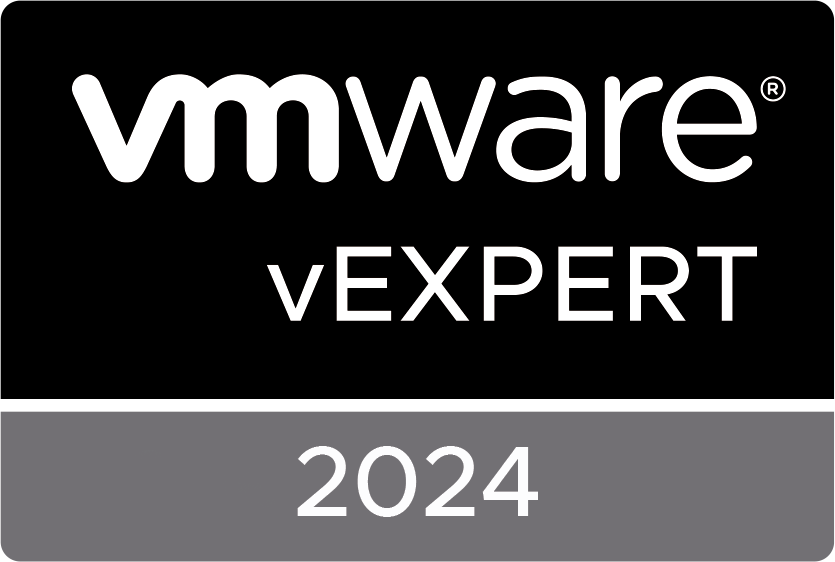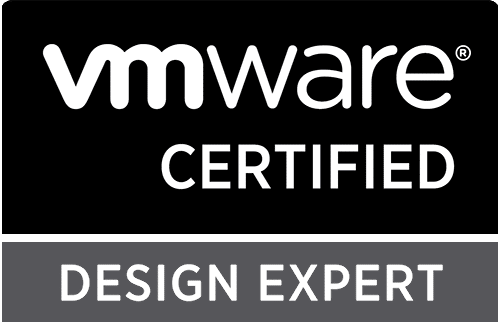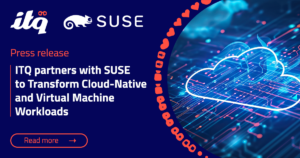NSX-T is the next generation
Many customers are running NSX for vSphere (NSX-v) which brought networking virtualization to VMware vSphere. With the introduction of NSX-T in 2016, VMware fully focused on bringing the public cloud and the cloud-native experience to the data center by supporting a variety of heterogeneous endpoints such as VMs, containers, and bare metal servers. NSX-T is the next generation and “de facto standard” for network virtualization and security with a complete L2-L7 suite of services, delivering switching, routing, firewalling, analytics, and load balancing entirely in software.
For many customers the migration from NSX-v to NSX-T is top of mind because of one or more of the following reasons:
- VMware has announced the End of General Support (EoGS) on January 16, 2022, and End of Technical Guidance (EoTG) on January 16, 2023 for NSX for vSphere 6.4 so moving forward, NSX-T is the definitely the direction the NSX platform is heading.
- Many customers are on an app modernization journey that includes running containerized workloads on Kubernetes. NSX-v only supports Virtual Machine based workloads.
- Other customers are automating the infrastructure. Building extensive automation logic for NSX-v seems like a waste of effort, given the EoGS of NSX-v.
- Finally, customers are extending their data center into to the public cloud. NSX-T is much better equipped to create a consistent network abstraction across data centers and public clouds.
To summarize, NSX-v is basically in the final stages of its lifecycle and NSX-T is the future direction for all types of workloads: traditional, physical, modern, on-premises and cloud.
Impact of the migration from NSX-v to NSX-T
The NSX Data Center software license is interchangeable between both products, so there is no impact on licensing. But, the architecture of NSX-T differs from NSX-v in almost every area. This can make the migration from NSX-v to NSX-T a daunting task that requires proper preparation and planning. Depending on the use cases, a redesign of the NSX environment might be required. Once the new NSX environment is deployed, a migration is needed.
 There are several migration paths available, ranging from an in-place migration to a full greenfield redeployment of NSX with a cold migration of workloads. There is no single best approach and the requirements and constraints for each individual customer and NSX environment determine which approach is best.
There are several migration paths available, ranging from an in-place migration to a full greenfield redeployment of NSX with a cold migration of workloads. There is no single best approach and the requirements and constraints for each individual customer and NSX environment determine which approach is best.
Introducing the ITQ NSX V2T Migration Assessment Service
To help our customers determine which migration approach works best for them, ITQ has developed the NSX V2T Migration Assessment Service. In an average of 5 to 10 days (depending on the size and complexity of the environment) this standard service delivers a purpose-built migration plan based on a full inventory of your current NSX-v environment, a risk assessment, identification of potential feature misalignment between NSX-v and NSX-T, and consultative efforts of our experienced NSX consultants.
For the vast majority of NSX customers, the NSX-v to NSX-T migration is a one-time effort. This makes it a high effort and high-risk migration because there is little to no previous experience to learn from. As a VMware Master Services Competencies (MSC) partner on Network Virtualization, ITQ has successfully migrated multiple NSX-v environments to NSX-T. Leverage our broad experience and direct access to the VMware product teams to minimize the risk and impact of this migration on your environment and organization.
If you are running VMware NSX-v, please reach out to Dennis Hoegen Dijkhof to talk about migrating to NSX-T with confidence. Our NSX V2T Migration Assessment Service guarantees the best migration approach for your specific environment and organization.
ITQ can help you successfully transition and deploy NSX-T solutions. Our highly skilled and certified consultants will help design, deploy, and configure NSX-T appropriately, as well as drive the adoption of NSX-T within your teams and organize them properly for NSX-T.





